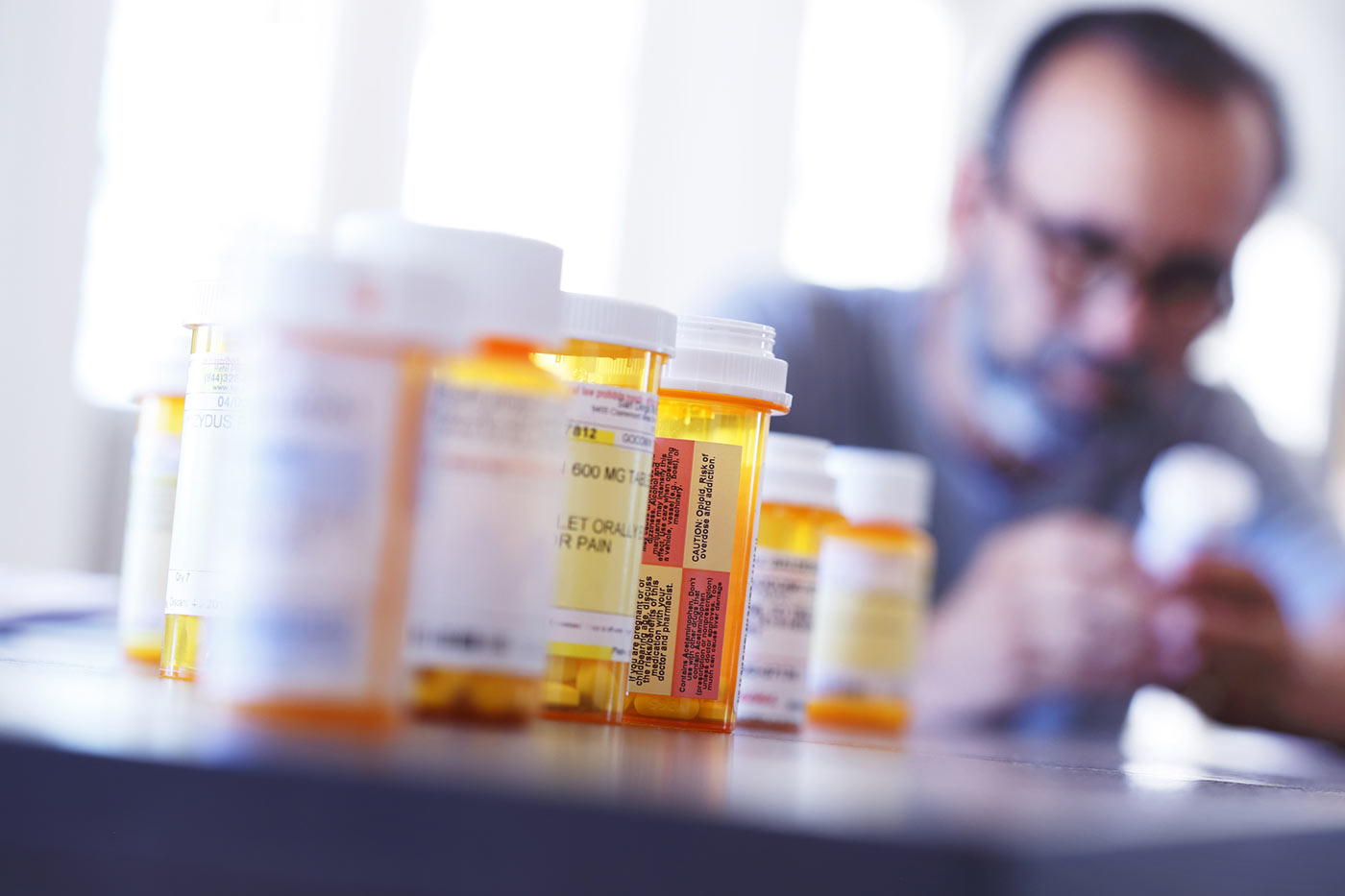According to the NIH article The Emergency Department: Time and Place to Treat, opioid use disorder affects an estimated 2 million individuals in the US with a financial impact to emergency departments in the billions of dollars. Johns Hopkins cites that drug addiction accounts for 800,000 US deaths from 2018-2020. People who suffer from Opioid Use Disorder frequently end up in the emergency department. This presents a number of challenges to emergency medicine physicians, as well as opportunities to help this vulnerable population with a range of best practices.
Challenges:
- Overdose Management: Per Gail D’Onofrio of Yale Medicine, people who suffer from opioid abuse disorder frequently seek treatment in the ED because of a lack of a PCP or medical insurance. Emergency departments face the critical task of stabilizing patients and swiftly mitigating potential life-threatening complications via the administration of naloxone and advanced airway management when necessary.
- Stigma and Bias: Despite strides in understanding addiction as a medical condition, stigma and bias persist in healthcare settings, posing significant barriers to effective treatment. Mitigating these biases requires ongoing education and training to foster a culture of empathy and understanding among healthcare providers, ultimately promoting patient-centered care and improving treatment outcomes.
- Resource Constraints: Limited resources, including shortages of medications for opioid withdrawal management and insufficient staffing in addiction medicine, pose formidable challenges for effective emergency medicine care. Increased funding and support for addiction treatment services, alongside strategies such as telemedicine consultations and interdisciplinary collaborations are needed to optimize resource allocation and enhance patient care.
- Continuity of Care: The transient nature of emergency department encounters underscores the importance of ensuring seamless transitions to follow-up care for patients with OUD. Achieving continuity of care requires robust discharge planning protocols, including linkage to community-based addiction treatment programs and ongoing support services.
- Risk of Diversion: Dispensing opioids or opioid replacement medications in the emergency department carries inherent risks of diversion and misuse, necessitating stringent monitoring and safeguards to prevent unauthorized access. Implementing robust medication reconciliation protocols, alongside patient education on the safe storage and disposal of medications, can help mitigate this risk.
Treatment Best Practices in the EM Department
- Screening and Assessment: Implementing standardized screening protocols for OUD upon patient presentation enables emergency medicine physicians to promptly identify individuals in need of intervention and tailor treatment strategies accordingly. Examples include screening tools like the Screening, Brief Intervention, and Referral to Treatment (SBIRT) model, into routine clinical practice facilitates early identification of OUD.
- Medication-Assisted Treatment (MAT): Offering medication-assisted treatment (MAT), including buprenorphine or methadone, to eligible patients with OUD in the emergency department represents a cornerstone of harm reduction and treatment engagement efforts. Providing timely initiation of MAT not only alleviates withdrawal symptoms but also promotes retention in long-term addiction treatment programs, has been shown to significantly reduce the risk of relapse and overdose mortality.
- Education and Training: Investing in ongoing education and training initiatives for emergency department staff on addiction medicine principles is essential for fostering a culture of compassionate and evidence-based care. Equipping healthcare providers with the knowledge and skills necessary to address the complex needs of patients with OUD enhances treatment outcomes and promotes a supportive and nonjudgmental environment.
- Collaborative Care: Establishing collaborative partnerships with community-based addiction treatment providers facilitates seamless transitions of care for patients with OUD, ensuring continuity of treatment beyond the emergency department setting. This enables emergency medicine physicians to leverage the expertise of addiction specialists and social service agencies to address the multifaceted needs of patients with OUD and optimize treatment outcomes.
- Naloxone Distribution: Implementing naloxone distribution programs in the emergency department enables patients at risk of opioid overdose and their caregivers to access this life-saving medication and receive training on its proper administration. Emergency medicine physicians can play a pivotal role in reducing mortality associated with opioid-related emergencies and promoting community-wide harm reduction efforts.
- Peer Support: Integrating peer recovery support specialists into the emergency
medicine team provides invaluable guidance, advocacy, and emotional support for patients navigating the challenges of OUD treatment. Peer support specialists, who often have lived experience with addiction and recovery, offer unique insights and perspectives that complement traditional medical interventions. - Trauma-Informed Care: Adopting a trauma-informed approach to patient care recognizes the pervasive impact of trauma on individuals with OUD. By incorporating trauma-informed principles into clinical practice, emergency medicine physicians can mitigate retraumatization, build trust with patients, and promote resilience and empowerment in the journey toward recovery.
Take-Away
Addressing the challenges associated with opioid management in the emergency department requires a multifaceted approach that combines clinical expertise, compassionate care, and collaborative partnerships. By implementing evidence-based best practices and fostering a culture of innovation and continuous improvement, emergency medicine physicians can play a pivotal role in mitigating the impact of opioid-related emergencies, promoting harm reduction, and facilitating pathways to recovery for individuals affected by OUD.






Responses